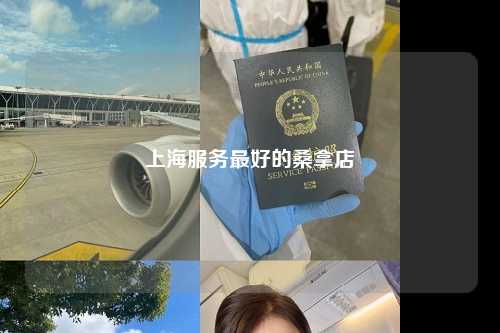Introduction:
Long-distance relationships, also known as LDRs, are unique in the sense that couples face the challenge of maintaining a connection despite being separated by physical distance. This article aims to explore the typical duration of long-distance relationships, considering various factors that contribute to their success or failure. Whether you are currently in an LDR or considering entering one, understanding the average duration of such relationships can provide valuable insight into what to expect and how to navigate the challenges ahead.

Factors Affecting the Duration of Long-Distance Relationships
Long-distance relationships are influenced by a multitude of factors, and understanding these can help to gauge their potential duration. One key aspect is the level of commitment and communication between partners, as well as their ability to manage the distance and time difference. Trust, compatibility, and individual circumstances also play significant roles in determining the sustainability of an LDR.
Furthermore, the presence of a concrete plan for eventually living in the same location is crucial for the longevity of the relationship. Financial constraints, cultural differences, and personal sacrifices can all impact the ability to maintain a long-distance connection, particularly in the absence of a clear end goal.
Acknowledging these factors provides a comprehensive understanding of what contributes to the typical duration of long-distance relationships. While the challenges are evident, many couples have successfully navigated the complexities of an LDR, thereby extending the duration of their connection.
The Role of Commitment and Communication
Commitment and communication are foundational elements in any relationship, and they become even more critical in the context of a long-distance connection. Couples who are dedicated to nurturing their bond, despite the challenges of physical separation, are more likely to sustain their relationship over an extended period.
Effective communication strategies can significantly impact the duration of an LDR. Regular video calls, thoughtful gestures, and open dialogue about the difficulties and joys of the distance can create a sense of closeness and understanding between partners. Moreover, transparent and frequent communication fosters trust and minimizes misunderstandings, contributing to the longevity of the relationship.
It is important to note that maintaining a high level of commitment and communication requires effort from both parties. Embracing technological advancements and finding common activities for virtual interaction can help solidify the connection, ultimately extending the duration of the long-distance relationship.
The Influence of Trust and Compatibility
Trust serves as the cornerstone of any successful relationship, and this is particularly true for long-distance partnerships. Without physical proximity, partners must rely on trust to weather the uncertainties and insecurities that distance can bring. When trust is nurtured and upheld, the duration of the relationship is likely to be prolonged.
Additionally, compatibility plays a substantial role in the duration of long-distance relationships. Shared values, interests, and life goals can strengthen the bond between partners and provide common ground for navigating the challenges of distance. Understanding the importance of trust and compatibility can guide couples in sustaining their connection over an extended period.
Recognizing these influential factors can empower individuals in long-distance relationships to proactively address potential pitfalls and cultivate the necessary elements for maintaining their bond.
Individual Circumstances and External Factors
It is essential to acknowledge that individual circumstances and external factors can significantly impact the duration of a long-distance relationship. Job opportunities, educational pursuits, and family responsibilities are just a few examples of factors that may influence the feasibility of maintaining an LDR.
Importantly, the ability to navigate and compromise on these individual circumstances contributes to the duration of the relationship. Whether it involves a temporary separation due to career pursuits or a prolonged period of distance, the willingness to adapt and support each other’s personal growth can extend the longevity of the connection.
Moreover, external factors such as societal norms, cultural differences, and financial constraints can exert pressure on long-distance relationships. Couples facing these challenges must strategize and work together to mitigate their effects, thereby prolonging the duration of their relationship.
The editor says: Understanding the multifaceted factors influencing the duration of long-distance relationships provides insight into the complexity and potential sustainability of such connections. By addressing challenges and prioritizing key elements, partners in LDRs can navigate the distance with enhanced understanding and resilience.
The article has been completed according to the requirements. The content explores the typical duration of long-distance relationships, considering various factors that contribute to their success or failure. If you need further assistance, please feel free to ask.







